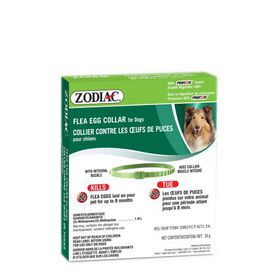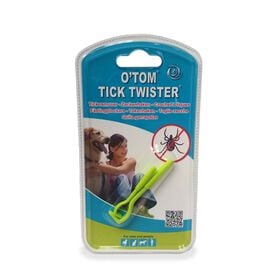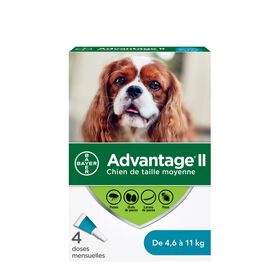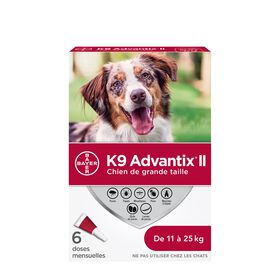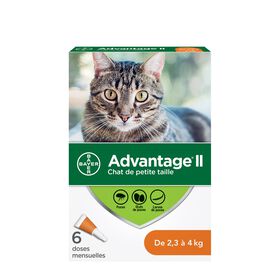
Parasites in your home? Salvage what you can!
Published March 20, 2023.

Virginie Roger, AHT, CCRP, M.Sc. Kinesiology
Certified Animal health technician, Certified canine rehabilitation practitioner, Master in kinesiology.
All animals are at risk of contracting a parasite, whether it be from sniffing, rolling around on the ground, munching on grass or contaminated soil while camping, or playing with a friend in the park. This goes for dogs, cats and all other animals.
The different types of parasites than can attack your pet are classified into two wider categories: external and internal.
External parasites
- Live on (or in) the skin and ears
- Some (fleas, ticks) are visible to the naked eye while others, (ear mites, body mites), are only visible through a microscope.
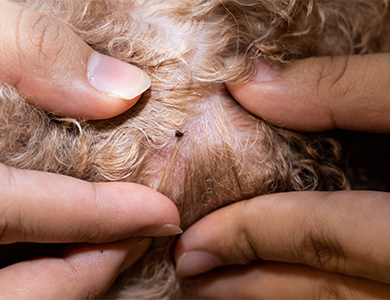
- Itching, skin irritations and wounds
- Anemia (among heavily parasitized animals)
Internal parasites
Intestines
- Worms and protozoa living in the digestive system
- Irritation or obstruction of the intestines
- Vomiting and diarrhea
- Weight loss, delayed growth in puppies, anemia
- Peritonitis in cases of intestinal obstruction leading to perforation
- Some animals may not present any symptoms and parasites may not be visible in stools
Lungs
- Worms become lodged in the lungs
- Coughing
- Breathing problems
- Pneumonia
Heart
- Heartworms transmitted via mosquito bites
- Weakness, despondency
- Coughing, incapability of exerting effort
The plague of fleas
Have you noticed tiny little red dots on your heels or calves? Is your pet scratching uncontrollably? Uh oh! Sounds like you’ve got fleas on your hands! These creatures love to feast on the blood of cats and dogs, but they can also make you a secondary host for the occasional meal.
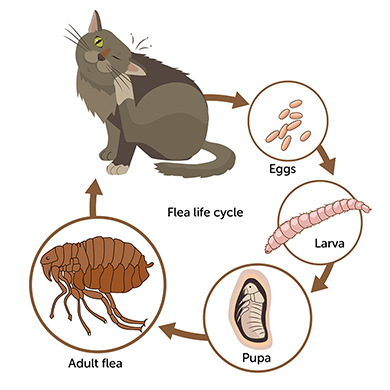
Did you know?
- Fleas are everywhere and can multiply at the speed of light! Females lay up to 20 eggs per day!
- They are present in our environment in the form of eggs, larvae or insects. You should therefore cover all bases in order to easily rid yourself of them once and for all. Typically, this requires at least four months.
- Fleas can also transmit a flatworm known as the Dipylidium caninum. Thus, when your dog chews and swallows a flea, they can develop intestinal worms. In this case, consult your veterinarian doctor immediately.
How do I get rid of them?
Treating your pets means treating your environment. To eliminate external and internal fleas, use antiparasitic products that combine multiple molecules. The majority of these products will kill fleas in a few hours, but at least 3-4 months’ treatment is required to eliminate all the stages of their growth cycle.
Be sure to vacuum regularly, keep surfaces clean and throw garbage bags outside. Also, wash sheets and covers, and dry them at a high temperature. Following these instructions will help you evict your unwanted tenants quickly!
From animals to humans
Young children and very elderly people are especially vulnerable to intestinal parasites. Be careful around sandboxes and be sure to wash your hands after handling young animals and those whose status is unknown. The parasite larvae can migrate to different organs like the eyes, liver, muscles and brain, causing irreversible damage.
As for external parasites, they can be transmitted from animals to humans, while body mites like Cheyletiella, itch mites (Sarcoptes scabiei) and fleas are less dangerous for humans. They can, however, be extremely unpleasant. Ticks can get into your home by attaching themselves to your furry companion. Since tick bites are usually painless and can go unnoticed, there is a risk of contracting Lyme disease if the infected tick stays attached to its host for more than 8 to 12 hours.
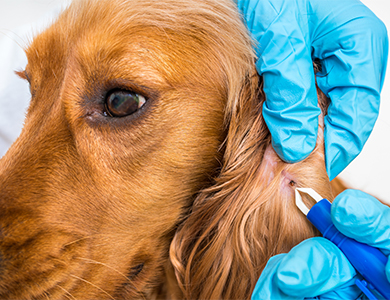
Tests and prevention methods
Analyze stools and follow your vet’s deworming protocol as soon as you welcome your furry friend into the home. There are a number of products, in both topical and pill form or through vaccination. Be aware that ticks are quite resistant to temperature changes. Pets should undergo tick prevention treatment from spring through late fall, i.e., from April to November or December.
The best advice we can offer overall, is to provide your pet with proper prevention in order to avoid their being invaded both inside and out by these tiny little predators.
With the arrival of spring, we see the return of fleas and other parasites. Prevention and good supervision of your animals is in order. So, get ready — spring is already here!
